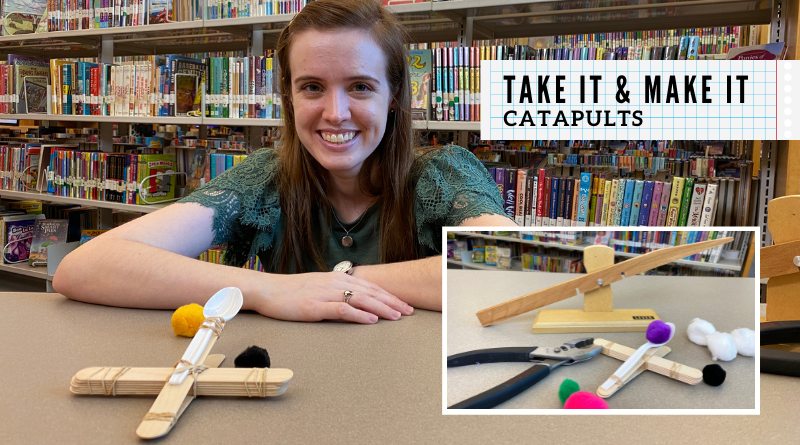STEAM Connections
Looking to give your preschooler a head start on learning? Or, want to extend your older child’s learning beyond the school day? Science, Technology, Engineering, Arts and Math (STEAM) learning plays a key role in your child’s education. Plano Public Library (PPL) offers many resources to support your child’s learning and development in these key concepts. Specifically, the virtual programs available through our STEAM Connections playlist on PPL’s YouTube channel offer STEAM projects that give your child hands-on opportunities to learn.
PPL is committed to preparing the youngest of learners to be ready for a lifetime of learning through STEAM Connections. Through our STEAM programming, you can prepare your young learner(s) for school and beyond. As new activities are posted through our blog and on YouTube, we will provide you with detailed information on how the activity is connected to either Science, Technology, Engineering, Arts or Math. Oftentimes, the activities crossover to more than one area of STEAM.
Not only will your child experience learning across the different areas of STEAM, but they will gain the building blocks of critical thinking that is crucial to learning. PPL’s STEAM programming will provide you with opportunities to work with your child in developing skills that will help them achieve success in school. Not only is STEAM education essential to your child’s education, but it will also help them develop skills that will prepare them for tomorrow’s workforce. Combining STEAM concepts opens up learning opportunities that translate into future success.
With STEAM Connections, you can give your child quality learning experiences that will enhance their knowledge and skills in Science, Technology, Engineering, Arts and Math while having fun!


Let’s explore the different adaptations sharks have that help them to resist the pull of gravity and stay afloat.

Have you ever seen a skydiver jumping out of an airplane?

If you’ve ever scraped your elbow or knee, chances are you’ve seen blood up close. But what exactly is blood?
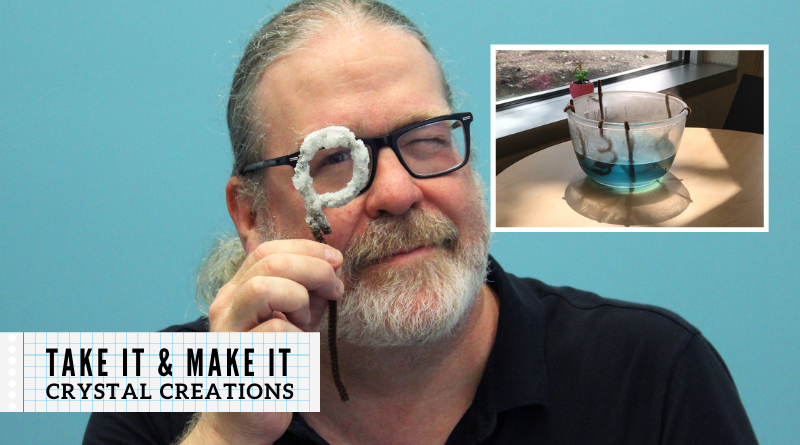
What do salt, snowflakes, and quartz all have in common? – They’re all crystals! Don’t believe me? Let’s take a closer look at what makes a crystal, and how we may be able to make our own at home.
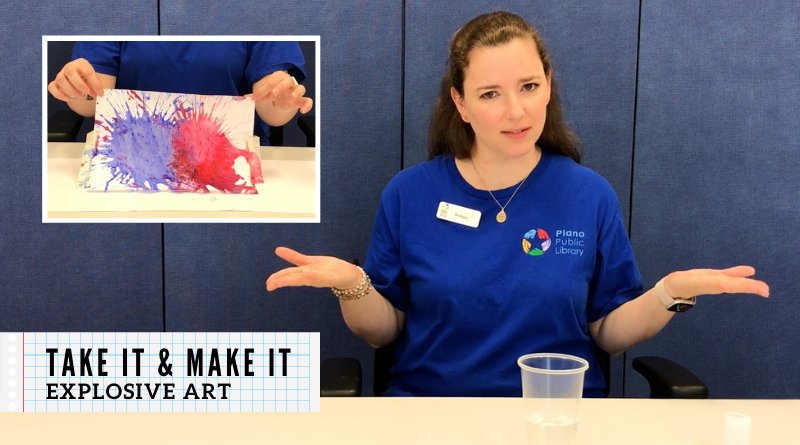
Have you been driving or riding in a car recently? Have you cooked or eaten food today? These are all examples of chemical reactions. Do you know what else is a chemical reaction? Explosions!
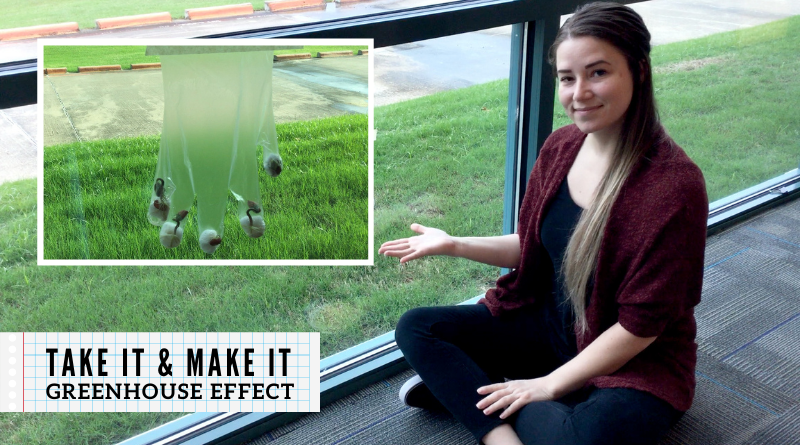
Let’s explore the greenhouse effect by creating our own mini greenhouse using a plastic glove.

We can learn a lot about owls by dissecting their pellets. Bones are expelled intact, so you can identify exactly what an owl ate for their last meal.
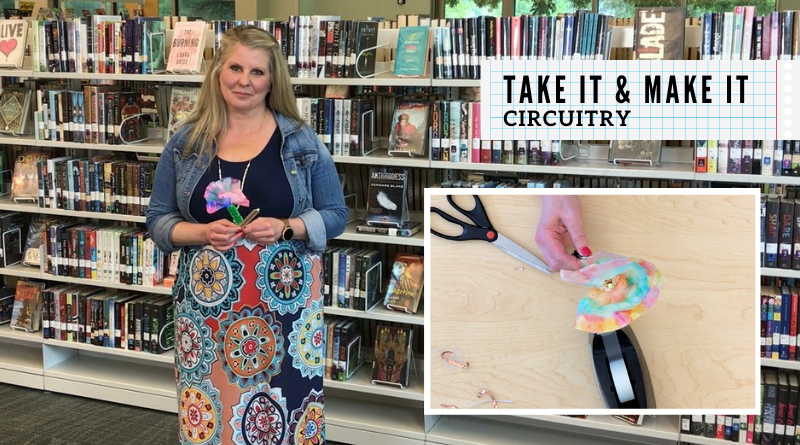
When you want to turn on a light, what do you do? You flip a switch!
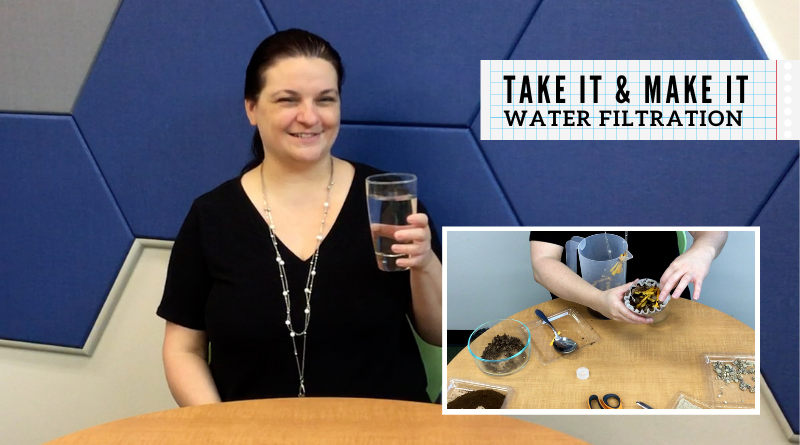
Ever wonder where our clean water comes from? Let’s explore water filtration and find out!
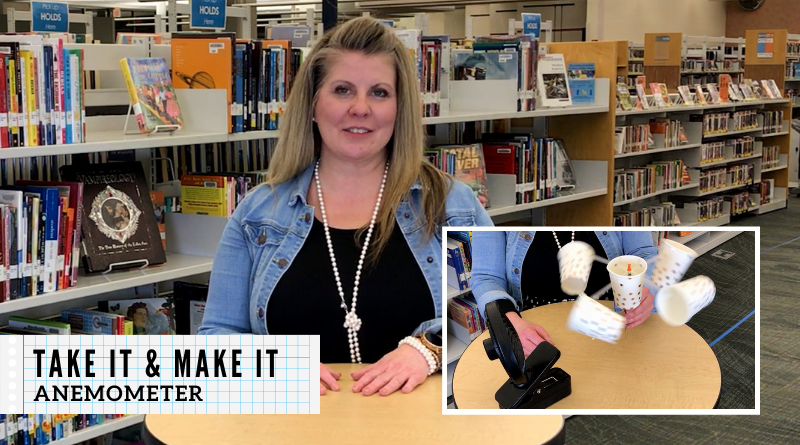
Ever wonder how people have an idea about what the weather will be like up to a week before the weather changes? The answer has to do with wind speed and the direction the wind is coming from.
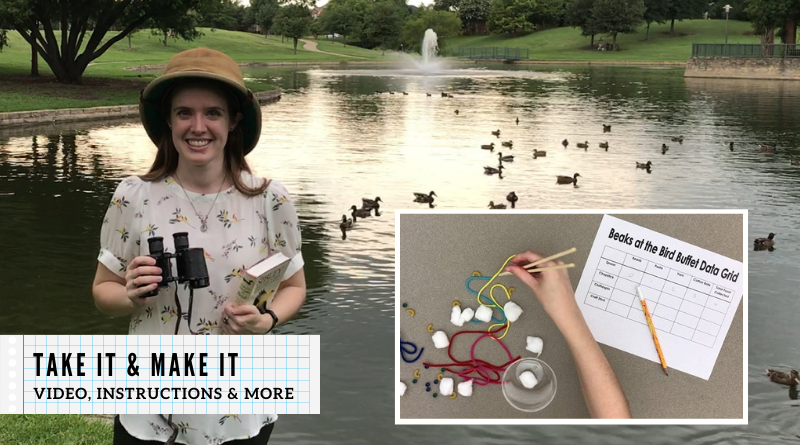
We can learn a lot about a bird’s lifestyle from the shape of its beak.

If you haven’t gone outside, how do you know what to wear? No matter the weather, we can always figure it out if we know the temperature.

Air is all around us, is matter and it takes up space. But, did you know that the air around us applies pressure to everything?

Have you ever listened to your pulse? That’s the sound of your heart doing its job.

The wind is all around us, but did you know we can use wind to create electricity?

Let’s take a look at the tool scientists use to measure earthquakes and build our own seismograph.

We’re getting sticky with this science project: making glittery and fluffy slime!

Why do rainbows form after a rainstorm? Learn how to make rainbows on your own with a few simple materials.
Fingerprinting: Have you noticed when you touch something, it leaves a mark? Especially on a shiny surface, like a phone screen or tablet device? Or when you use tape? This is a fingerprint! Video | Instructions
Engineer Your Own Castle: Design a castle using paper, play dough, LEGOs, or draw your own to explore medieval architecture! Video | Instructions
Acid Rain: Learn about acid rain as we simulate and observe the effects that acid rain has on organic and human-made materials. Video | Instructions
How Lungs Work: As we breathe in – and out – our respiratory system is hard at work with help from the lungs. Video | Instructions
Math in Nature: Learn about the Fibonacci Sequence and how this sometimes results in visually appealing spirals and compositions. Video | Instructions
Levers: Let’s use our knowledge of levers to engineer a puppet whose arms and legs move when we tug on a string. Video | Instructions
Pulleys: A variation on the wheel and axle system, a pulley is a type of simple machine that has helped humans build large structures for thousands of years. Video | Instructions
Surface Tension: Have you ever seen water striders or other types of bugs that seem to glide across the surface of water without ever sinking? This is an example of surface tension! Video | Instructions
Water Cycle: The water cycle describes how water evaporates from the surface of the earth, rises in the atmosphere, cools and condenses into rain or snow in clouds, and falls again to the surface as precipitation. Video | Instructions
Build a Cooler: Learn how coolers keep things cold as you experiment with ice cubes. Video | Instructions
Balloon Rocket: Ever wonder what makes rockets fly? Let’s find out by building one ourselves! Video | Instructions
Coffee Filter Camouflage: There are many animals in our world that hide in plain sight! This is what’s known as a form of camouflage. Video | Instructions
Build a Boat: Have you ever wondered how boats stay afloat? A floating boat displaces (or pushes aside) the water around it, but the water pushes back on the boat. Video | Instructions
Balloon Inflation: Chemical reactions occur when different substances are combined to produce new substances: baking soda is a base as well as a solid; vinegar is an acid and a liquid. When combined, a new substance is created. What do you think will happen? Video | Instructions
Zip Lines: A zip line is a structure made of cables that is stretched between two different areas and is usually attached to trees or wooden posts. Video | Instructions
Painting with Ice: Are you looking for a cool project that combines Art and Science? In this activity, kids will explore what happens when water with food coloring is placed in the freezer – and then paint with it! Video | Instructions
Seesaw: Levers help us move heavy things by adjusting how much effort we have to put into lifting the load. Explore weight and effort in this fun activity in which you’ll make your very own seesaw! Video | Instructions
Discovering Density: You can stack books and blocks, but did you know you can stack liquids? See if you can make a liquid rainbow in a jar while learning about density. Video | Instructions
Constellation Creation: A constellation is a group of stars that forms a pattern: Orion, Ursa Major, and Ursa Minor are just a few of the eighty-eight identified constellations. Video | Instructions
Make Your Own Watercolors: Feeling creative, but don’t have the paint to do so? You can make your own! In this activity, we will show you how to make homemade watercolor paints from ingredients found in your kitchen pantry. Video | Instructions
Water Park Engineering: Water slides are feats of engineering that help us slide down fast by using water to minimize any friction between our body and the plastic. Video | Instructions
Geology in a Jar: Learn about sedimentation with a jar, water, and ingredients from your backyard! Watch what happens when we take dirt and other items from the ground, and mix them in a jar with some water. Video | Instructions
Lego Coding Maze: Build (or engineer) a maze with blocks and write your own program to get a robot from start to finish. Video | Instructions
Oil Spill Challenge: Sometimes when large ships that carry petroleum oil across the ocean start to leak, or oil drilling rigs malfunction, it can cause a disastrous mess. Video | Instructions
Kandinsky Inspired Art: Kandinsky was an artist who combined colors, melodies and philosophy. He would listen to music and let the music inspire him and give him ideas to make his abstract art using lines, shapes and colors. It’s time to turn on some tunes and get to making art! Video | Instructions
Paper Airplane Challenge: There are four forces that affect airplanes: thrust, drag, gravity and lift. Just like jet and propeller planes, paper airplanes need to balance of all four forces to stay in the air. Video | Instructions
Upcycled Engineering: Engineering is the process of creating and building structures, products, and systems by using math and science. An engineer is a person who does the engineering! Engineers solve problems with their inventions, and there is no telling what kiddos might build but when given things that don’t normally go together! Video | Instructions
Make a Rain Stick: A traditional rainstick is made from hollowed-out cacti, thorns and lava pebbles, and are used in some cultures to invoke the rain spirits. But, homemade rain sticks make for a great creative project for kids, as well as a fun science activity by exploring the various sounds created by different materials in the tubes. Video | Instructions
DIY Barometer: A barometer is a device that measures barometric pressure. Barometric pressure (or atmospheric pressure) is the force per unit area exerted against a surface by the weight of the air molecules above that surface. Video | Instructions
Make Fizzy Art: See what happens when you combine baking soda and vinegar, and learn how art + science projects are engaging activities for the whole family. Video | Instructions

